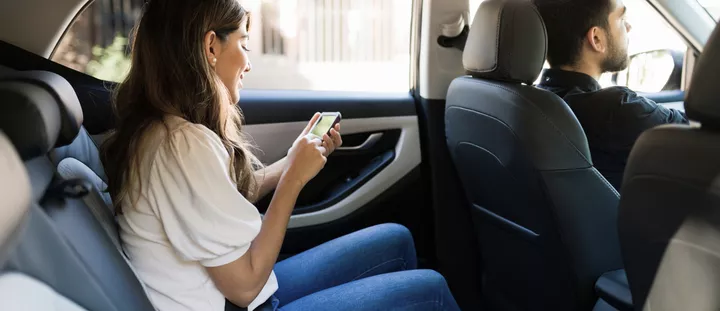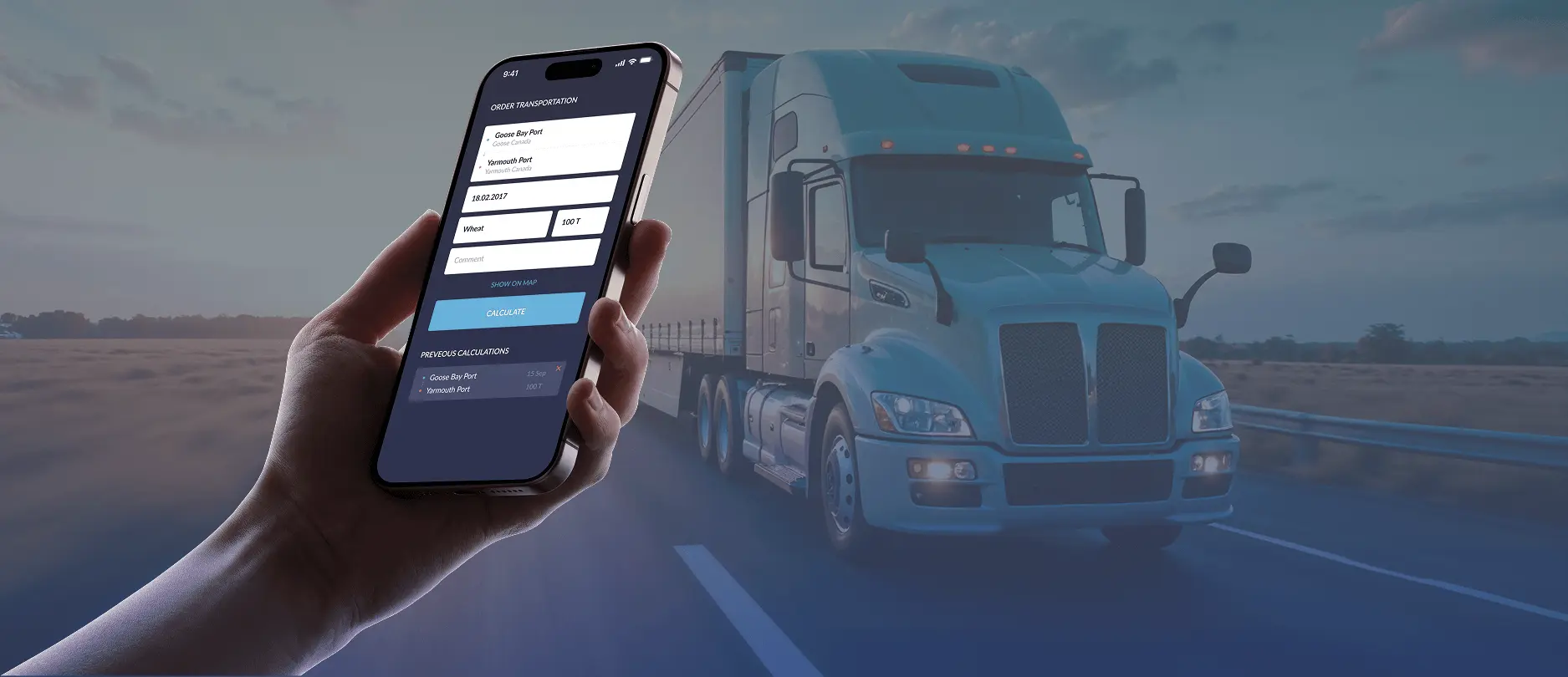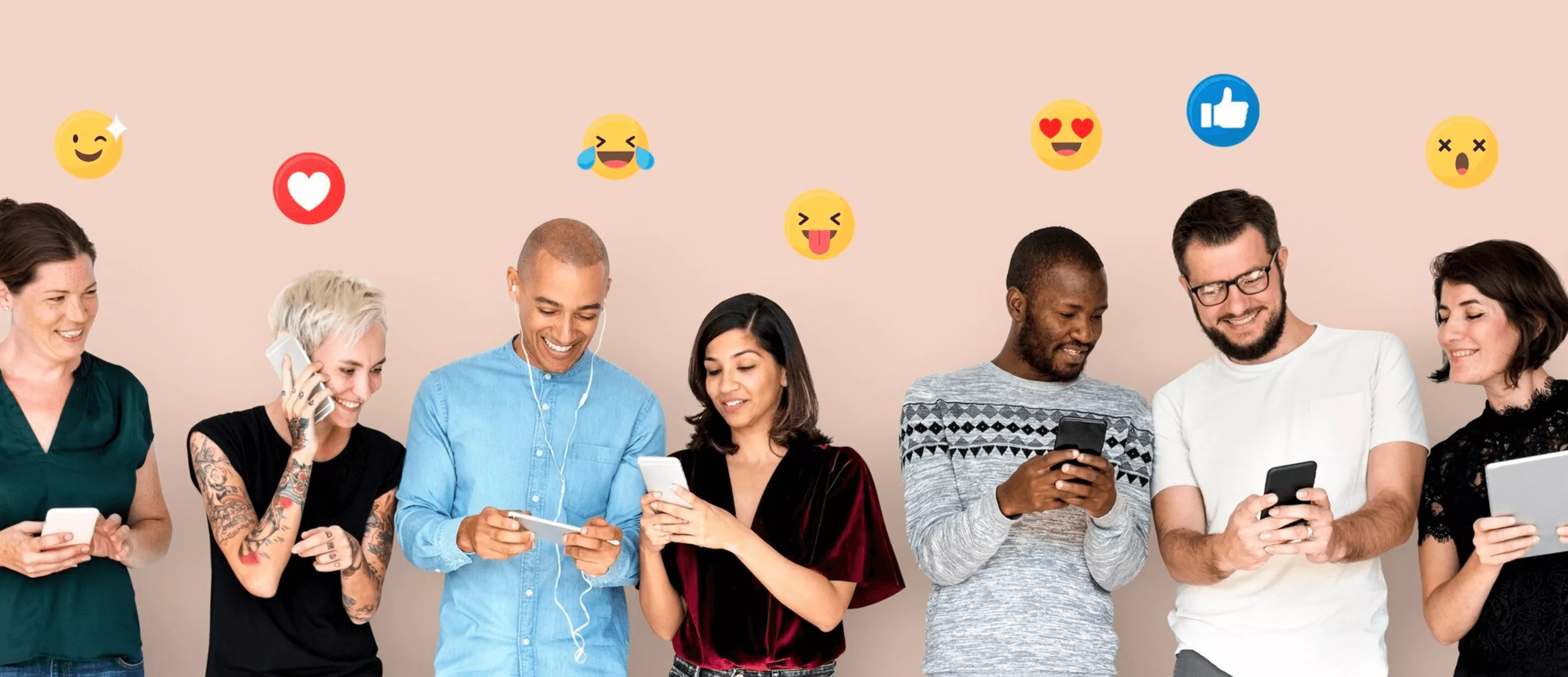
Немає нічого більш бажаного, ніж зробити додаток вірусним. Вірусність поступово стає синонімом успіху. Але що робить деякі додатки такими популярними? Ми намагалися розібратися в цьому в цій статті.
Немає нічого більш бажаного, ніж зробити додаток вірусним. Вірусність поступово стає синонімом успіху. Але що робить деякі додатки такими популярними? Ми намагалися розібратися в цьому в цій статті.
Що таке вірусність?
Вірусність або вірусне поширення — це якість додатка, яка змушує користувачів ділитися ним через різні платформи та канали зв'язку (як вірус, зрозуміло). Найкраще в вірусному додатку те, що він забезпечує новий рівень просування, який значно ефективніший за будь-яку форму платної реклами.
Наприклад, згадайте Pokemon GO, один з найкращих вірусних додатків 2016 року. Додавши елементи гейміфікації до реального досвіду, їм вдалося досягти чогось неймовірного:
Згідно з доповіддю ComScore, кількість щоденних користувачів додатка зросла з нуля до 28,5 мільйона менш ніж за місяць. Ось що таке вірусність.
До речі, дізнайтеся, скільки коштуватиме розробка подібного додатка тут.
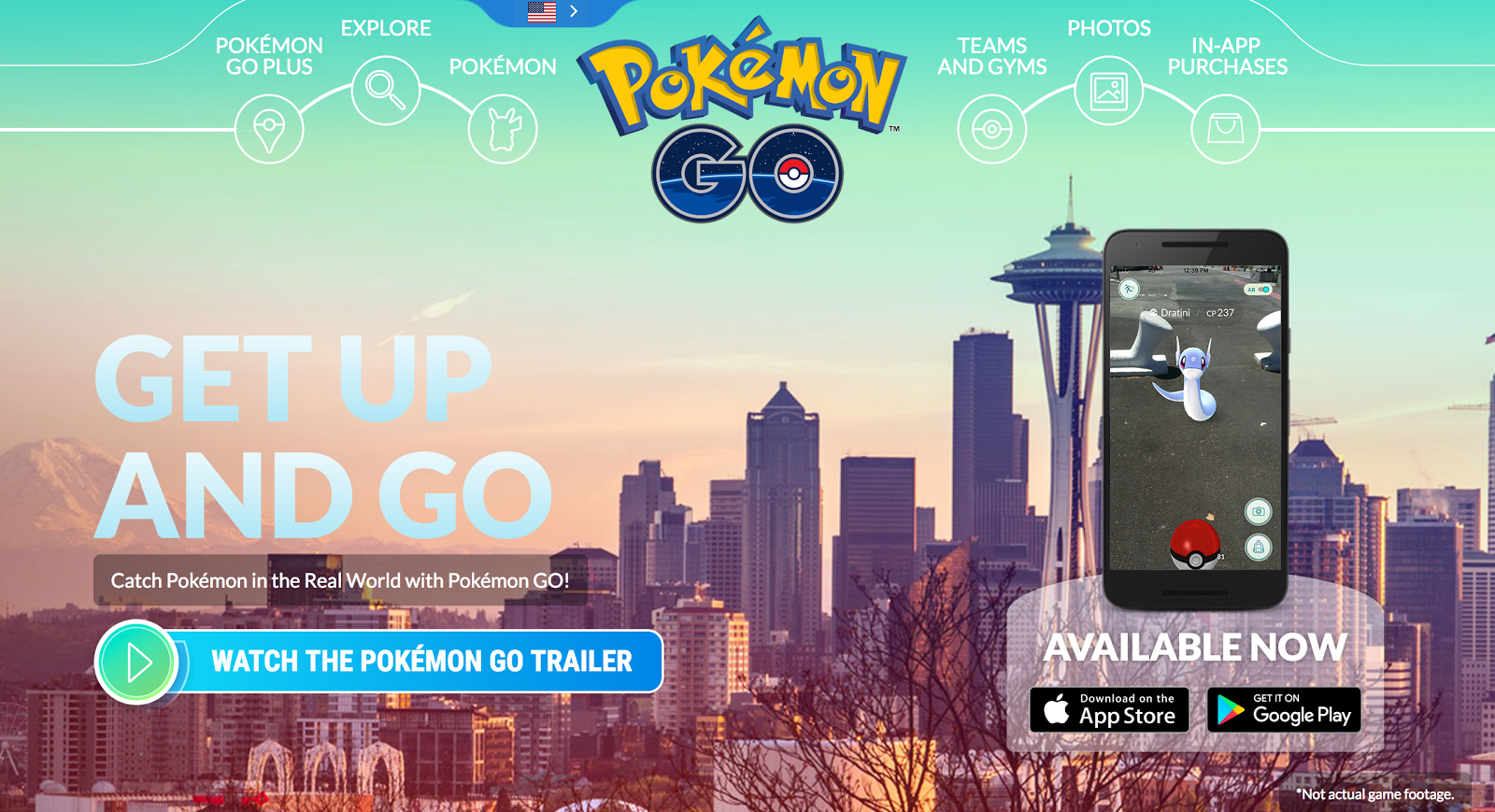
Безумовно, існує психологічний аспект, що лежить в основі будь-яких вірусних мобільних додатків. Якщо вам вдасться викликати сильні (або навіть суперечливі) емоції, є ймовірність, що користувачі захочуть поділитися цим зі своїм соціальним колом. Альтернативою є змусити їх пишатися собою — це також, ймовірно, призведе до сотень кліків на тих бажаних кнопках поділитися.
Як зробити ваш додаток вірусним?
Безумовно, після створення класного додатка не можна зупинятися на досягнутому. Щоб досягти вірусності, вам потрібно буде докласти певних зусиль. Нижче наведені деякі з найважливіших аспектів, які лежать в основі успіху вірусного додатка:
1. Вірусний додаток має приносити цінність
Якщо ви хочете, щоб ваш додаток став вірусним, переконайтеся, що він або приносить велику цінність користувачам, або є чимось надзвичайним. Якщо ви не зможете цього зробити, користувачі не будуть зацікавлені ділитися своїми результатами або рекомендувати додаток.
Отже, найкраща порада — створити щось унікальне, щоб зацікавити користувачів. Це, у свою чергу, призведе до більшої кількості лайків і репостів.
Слідуйте прикладу Nimses, одного з найуспішніших вірусних додатків, які приніс нам 2017 рік. Ідея за ним революційна. Додаток перетворює кожну хвилину вашого життя на віртуальну валюту — німси. Звучить трохи як наукова фантастика, чи не так? Але це ще не все. Створювачі додатка планують зробити його справжнім засобом передачі, за допомогою якого користувачі зможуть купувати товари та послуги.
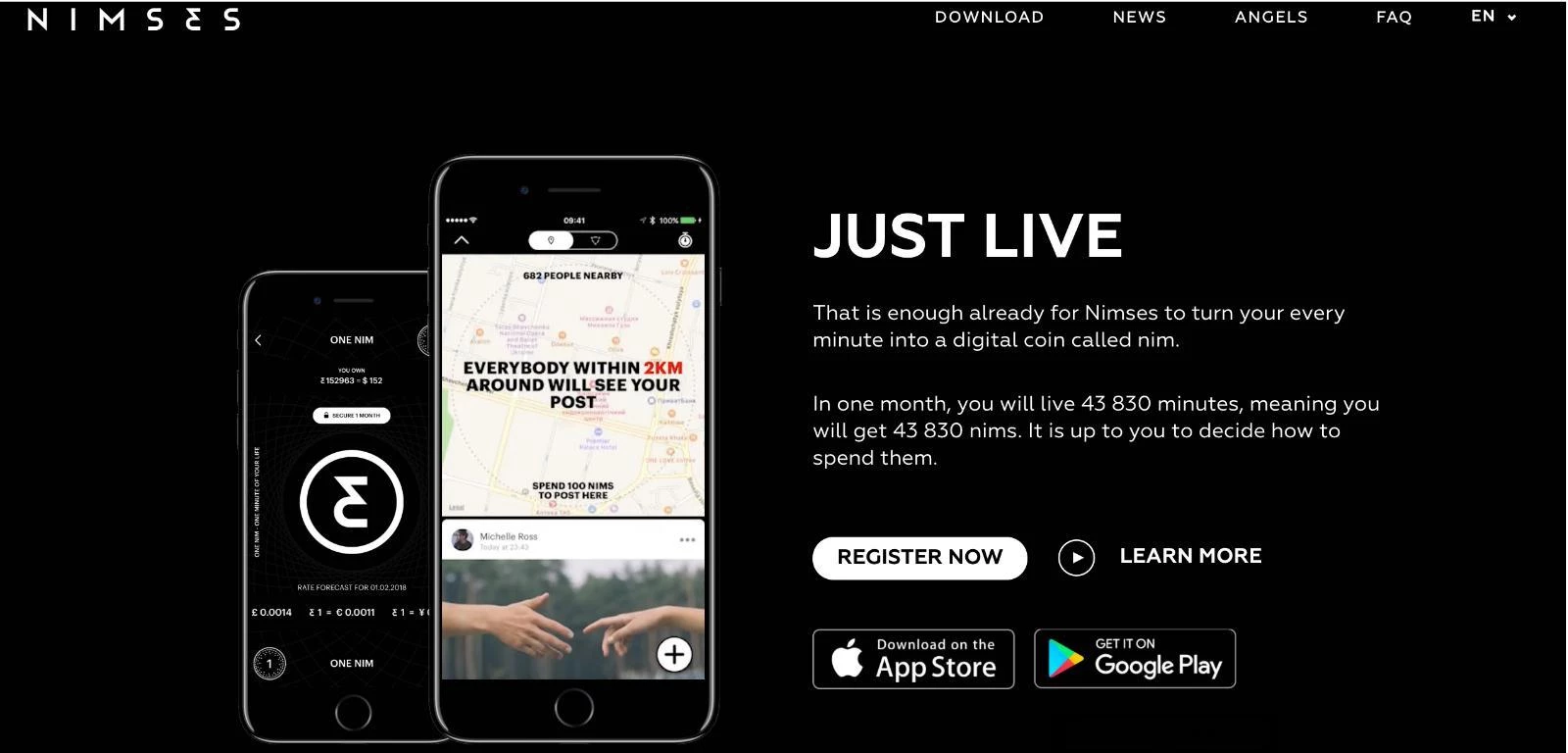
2. Зручність для користувача завжди в основі вірусності
Найгірше, що може статися — це застосунок з чудовою ідеєю, зіпсований ворожістю до користувачів. Не потрібно говорити, що такий застосунок навряд чи стане вірусним. Тому надзвичайно важливо спроектувати застосунок так, щоб його користувачам не доводилося ламати голову над тим, що натискати для виконання певної дії.
У цьому випадку простота завжди на першому місці. Якщо дизайн інтуїтивно зрозумілий, користувачі будуть поглинені загальним досвідом і сприятимуть вірусності, запрошуючи своїх друзів поділитися цим досвідом. В іншому випадку вони втомляться від постійної боротьби за розуміння, як це працює.
Не забудьте зробити кнопки для соціального обміну легко доступними. Запрошення є в центрі найбільш вірусних застосунків усіх часів, тому зробіть цю дію простою, на ім'я Бога. Загальною помилкою є надання занадто багатьох варіантів для обміну. Користувачі не хочуть робити складний вибір, тому обмежте їх до 2 або 3.
Чудовим прикладом простого дизайну користувацького інтерфейсу є застосунок 2048. Більше того, завдяки духу змагання в застосунку користувачі схильні хвалитися своїми результатами з друзями в соціальних мережах.
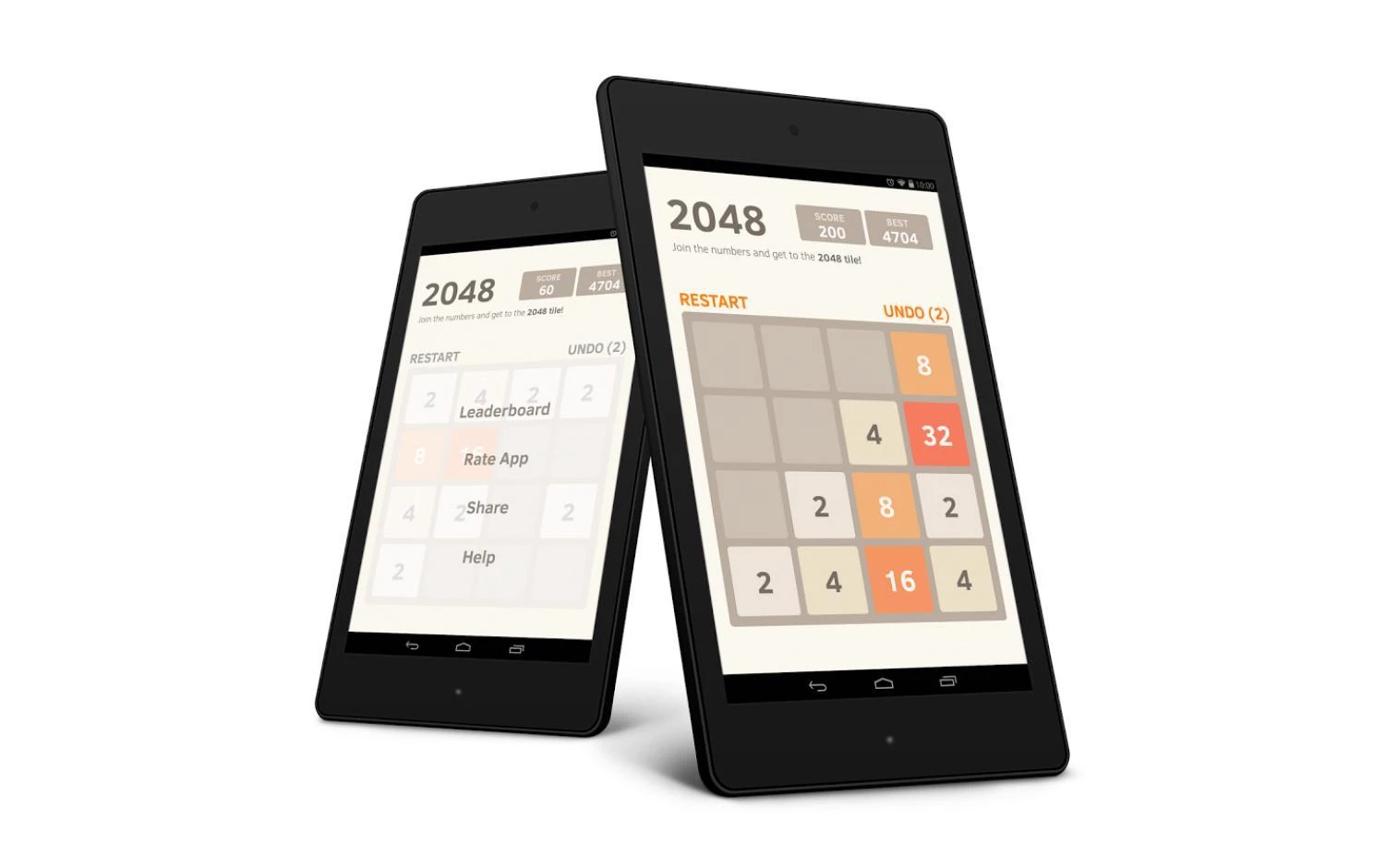
Дізнайтеся, як мапування впливу може допомогти вам у створенні вірусного застосунку.
3. Обмежений доступ як спосіб залучити більше користувачів
Щоб підвищити інтерес до застосунку і зрештою зробити його вірусним, доступ до нього спочатку має бути обмеженим. Як ви знаєте, найпривабливіші речі важко отримати. Більше того, якщо вам потрібно трохи часу для масштабування застосунку, створення черги з користувачів, які прагнуть отримати застосунок, допоможе вам поступово адаптувати його до зростаючої аудиторії. Тим часом ви будете в курсі проблем, з якими вони можуть стикатися.
Але найкраще в чергах — це зростаючий ажіотаж навколо застосунку. Користувачі підсвідомо захочуть приєднатися до ексклюзивного кола, навіть якщо застосунок не є таким вже революційним. Вони будуть ділитися і говорити про нього зі своїми друзями, працюючи як ваш канал «сарафанного радіо».
Подивіться на Inbox від Google, наприклад. Це поштовий клієнт, який спочатку був запущений на основі запрошень. Як результат, люди по всьому світу були одержимі продуктом, згадуючи про нього в усіх можливих соціальних мережах. Не потрібно говорити, що це зробило застосунок вірусним ще до того, як він став доступним для всіх.
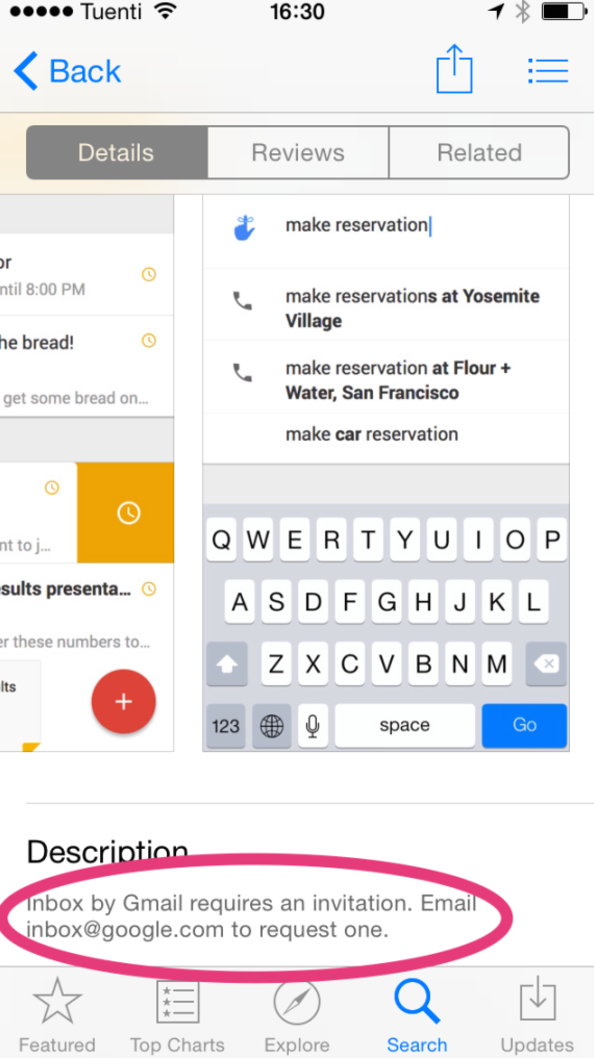
Більш креативний спосіб використання черг виглядає наступним чином:
- Встаньте в чергу;
- Запросіть друга;
- Підніміться на верх черги очікування.
Люди ненавидять чекати, тому вони зроблять усе можливе, щоб отримати доступ швидше. Отже, багато зацікавлених користувачів і вірусний застосунок.
4. Гейміфікація та винагороди як стимул для обміну
Більше того, згідно з Kiip, 84% користувачів вважають винагороди найкращою формою мобільного маркетингу.
Нагороди можуть бути справді різноманітними. Подумайте про елементи, які відкривають спеціальні функції в додатку, пам'ятні значки за виконання певних дій або обмежений преміум-пакет, якщо ви пропонуєте таке. У цьому випадку елементи гейміфікації утримуватимуть користувачів залученими, тоді як нагороди спонукатимуть до дій, які вам потрібні.
Ось чудовий приклад того, як Dropbox успішно використовує реферальну програму, де користувачі отримують безкоштовне додаткове місце для зберігання за запрошення нових людей до додатку.
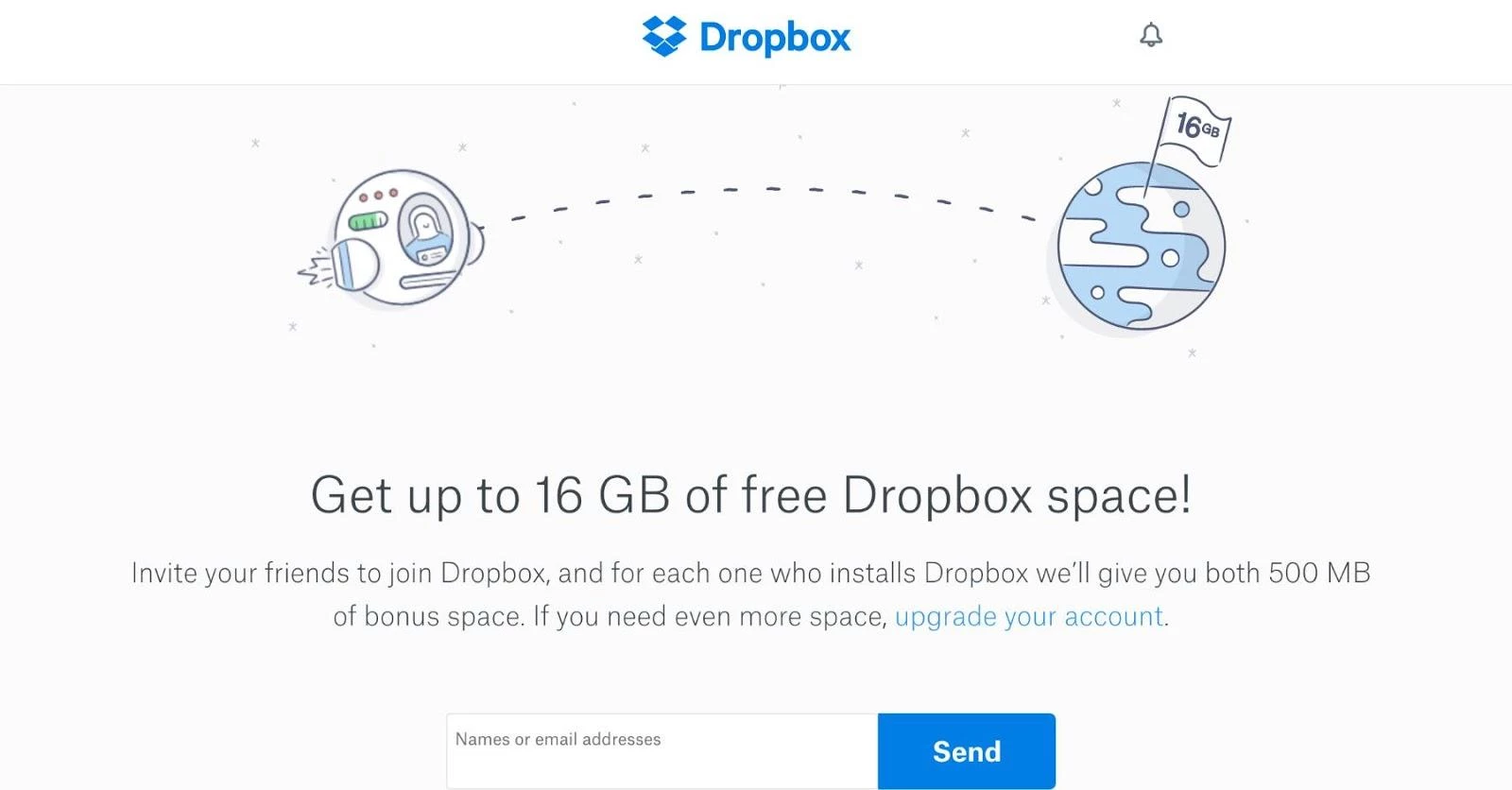
Це справжній виграшний випадок: Dropbox залучає багато нових користувачів через реферальну систему, в той час як користувачі насолоджуються розширеною функціональністю. Це перевірений механізм, який зробив додаток вірусним.
Однак пам'ятайте, що нагорода повинна бути порівнянною з дією, яку ви хочете, щоб ваші користувачі виконали. Щоб зробити це правильно, виміряйте вартість залучення нового клієнта і запропонуйте нагороду за реферал, яка трохи менша за цю вартість. Наприклад, якщо ваша вартість залучення становить 100$, не пропонуйте знижку в 10$. Подумайте про принаймні 50$.
Крім того, нагороди повинні поступово зростати з ускладненням виконуваних дій. В іншому випадку, користувачі не побачать сенсу в подальшому поширенні додатку, що зменшить ваші шанси на вірусне поширення.
Підсумок
Вірусність — це те, що кожен мобільний розробник вважає найвищим досягненням при запуску додатку. Вірусний додаток не загубиться в архівах магазинів додатків, що означає, що ваші зусилля не марні.
Отже, ось список речей, які ви повинні врахувати, плануючи зробити додаток вірусним:
- Створіть унікальний досвід і надайте цінність користувачам;
- Переконайтеся, що ваш додаток простий у використанні;
- Привертайте увагу до вашого додатку, обмежуючи доступ спочатку;
- Нагороджуйте користувачів за дії, які ви хочете, щоб вони виконали.
Наскільки б корисними не були ці рекомендації, додаток не може стати вірусним без належного користувацького досвіду та якісної розробки. Але не варто переживати. У нас є значний досвід у мобільній розробці і ми забезпечимо вам найкраще можливе рішення. Зв'яжіться з нами, щоб дізнатися більше.
У жорстко конкурентному середовищі мобільних додатків, щоб ваш твір потрапив до рук зацікавлених користувачів, потрібен стратегічний підхід. Розкрийте потенціал вашого додатку, завантаживши біллінг "Як отримати першого клієнта" від Stfalcon сьогодні і розпочніть свою подорож до використання вірусної сили, яка може сприяти вибуховому зростанню та підняти ваш додаток на новий рівень успіху. Вірусність вашого додатку починається тут.

